23.06.2023 | Logbook | SLF News
In this blog from Colorado, SLF-snow-physicists Michael Haugeneder and Dylan Reynolds report on the challenge of measuring snowmelt effects in times of climate change.
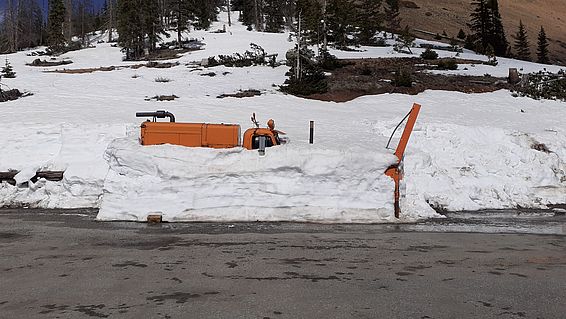
The sun was setting over the East River valley, migratory birds were chirping as they hunted for bugs in the twilight, and Michi was saying a four-letter word which I can’t type here. Him and I were walking on skis about 7 kilometers along a snow-covered forest road, heading to the Rocky Mountain Biological Laboratory (RMBL) to conduct field work. We had not switched fields and become biologists – rather we were participating in a field campaign involving nearly a dozen different institutions focusing on surface-atmosphere interactions.
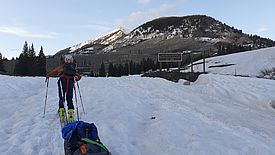
The particular experiment we were there to conduct concerns energy exchanges between patchy spring snow cover and the atmosphere. Behind us was a sled, loaded down with probably 50 kilos of food for the next 2 weeks of work in the field, which we pulled over the melting snow and, increasingly, bare patches of road. At first I thought that Michi’s expletive was brought on by the strain of pulling the sled, or maybe the beauty of the scene, but when I followed his gaze across the valley toward the towers loaded with scientific instruments, I understood: the field site was snow-free.
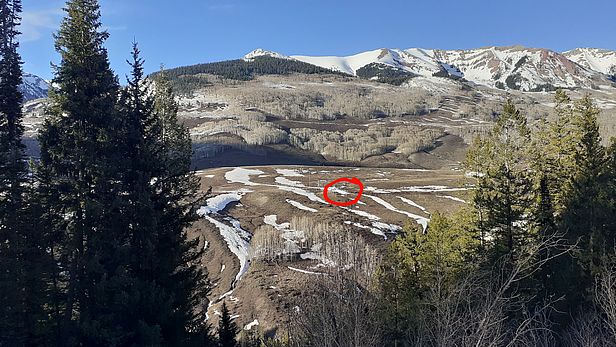
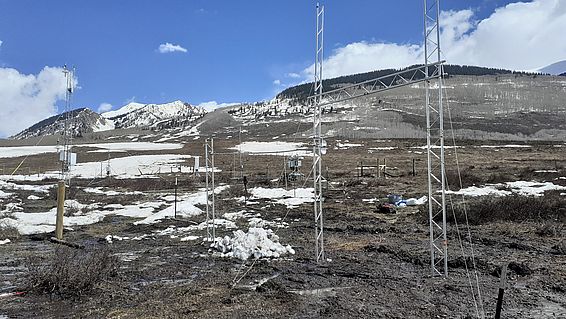
Studying patchy snow cover is a funny business. You can’t have complete snow-cover, that isn’t interesting to us for reasons which I’ll explain, but you do need some snow, otherwise you can’t call yourself a snow scientist. In prior field campaigns in the Alps, measuring during this special period of the snow melt season has been no problem. There are usually about 3 weeks with patchy snow cover, and the field site is a comfortable 30-minute drive from the SLF. But this year we were in the Rocky Mountains in Colorado, USA, and they were having one of the most intense snow melt seasons on record. This is especially surprising since the Rockies also had one of their largest snowpacks on record last season, but this matches the forecasts of increased variability in weather which climate scientists have been predicting under a warmer climate.
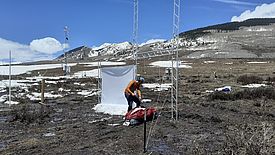
All of this added to our stress. This bare field site wasn’t in our backyard, it was half a world away, deep in the backcountry of the Rocky Mountains. We were comparing the expense of our travel to our PhD salaries and scheming ways to salvage the field campaign. After 2 hours of hiking in, Michi and I arrived at our cabin at RMBL. The “Laboratory” consists of about 20 cabins scattered around the base of towering Gothic Peak. Some of the buildings date back to the 1880s when the town was first founded for mining, and quickly abandoned thereafter. Biologists made use of the town starting in the 1920s when RMBL was founded, setting up long-term field experiments which still run to this day. Michi and I unloaded the sled and sat down for dinner, laying out a plan for the coming days. We wouldn’t be able to run a 2-week campaign as planned, but with some work and imagination, it could be possible to get nearly a week of measurements. We went to sleep early, excited and anxious for the first day of work.
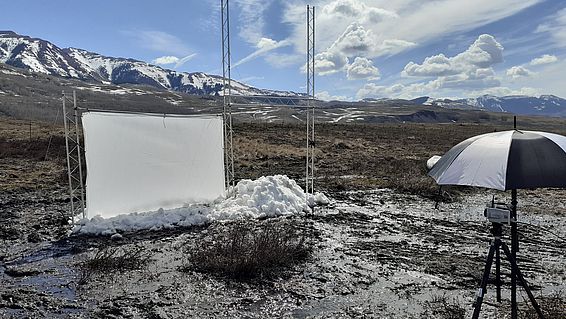
“Three more sled-fulls, and then we break for lunch?”, I ask Michi. “Five”, he replies. We’re standing over a long sled packed high with snow. Our field site has melted out, but some meters away there is still a sizeable patch of snow. In the spirit of the snow farming pioneers of Flüelatal we are moving snow from this patch over to our field site, one sledfull at a time, building up an “artificial” patch under our experimental setup. The ground has been turned into a mud pit as the melting snow mixes with the soil, and it takes two of us to heave the sled back and forth over the muck. We wonder aloud how “fair” this experimental setup is, constructing a snow patch to study. But once our patch gets big enough, it looks so similar to the surrounding natural patches that we drop the insulting “artificial” from our description of it. For our research question it shouldn’t matter. This study concerns how snowmelt is accelerated by patches of exposed ground between the snowcover. Bare ground reflects far less sunlight than snow, heating up as a result, and then transferring this heat to the air above the surface. Winds transport this heated air over the surviving snow cover, and a struggle plays out as the snow cover tries to cool the air, and the air tries to warm the snowcover.
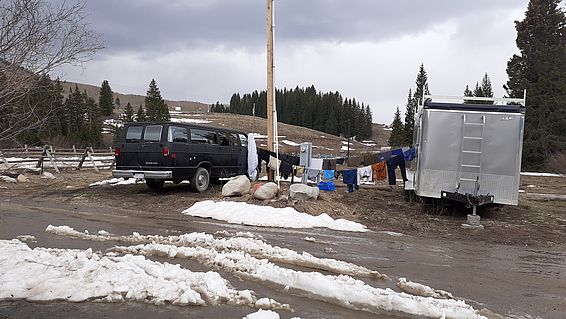
After the last sled of the morning, I drop my shovel and walk over to my backpack. My pants and arms are covered in mud from the work, and I wonder how to stick my arm into my pack without smearing this mud onto everything. But after crossing the 50 meters between sled and pack, the mud has almost completely dried into dirt. The air here is extremely dry, sucking moisture out of everything. This dryness is one of the reasons that we are here; the reduced humidity relative to the Alps results in different conditions for energy exchange between the snow and the atmosphere. Another reason for being out here is the ability to benefit from the larger field campaign, Sublimation of Snow (SOS). This campaign is conducted in parallel with the SAIL field campaign, which is again in parallel with the SPLASH campaign. Confused yet? Science in Colorado seems to attract acronyms. As a result, our data are supplemented by dozens of other measurements from other sensors deployed in the area. Collaborative research, at its best.
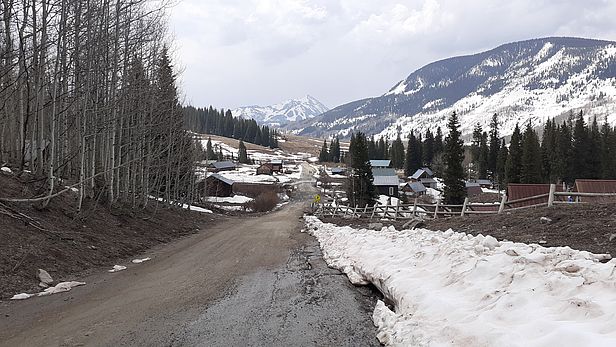
We finish the day proudly standing over a large patch of snow, making bets about how long it will survive. In the end, it will take 4 days for it to melt, and this is just enough time to observe the type of atmospheric phenomena which we came here for. After just a couple of days it becomes clear to Michi that the setup functions as hoped, the data “looks good”, and the trip was as successful as we could have hoped for.
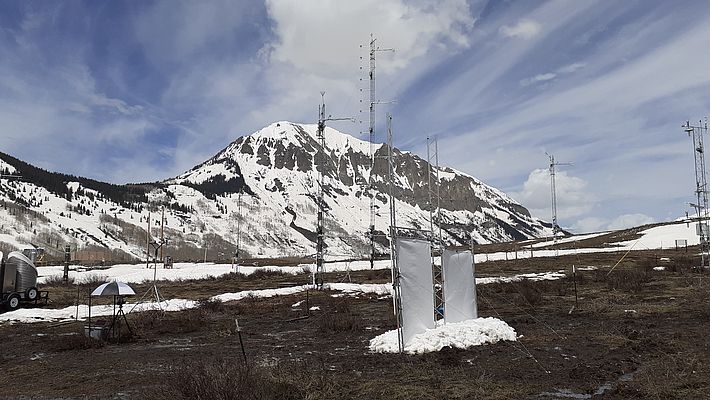
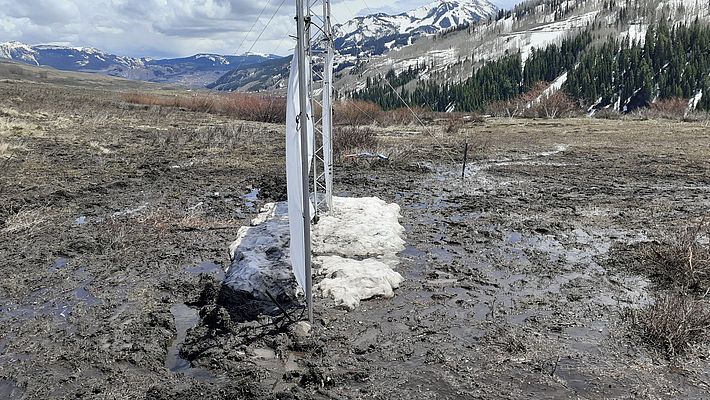
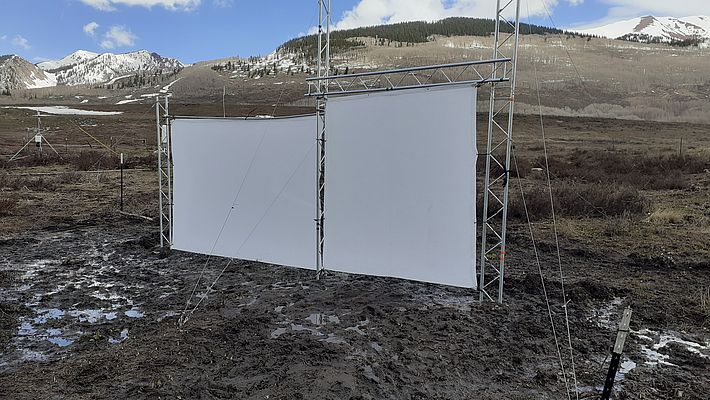
The days pass easily, and we manage some early morning ski tours as we wait for the ground to heat up sufficiently. There is a marmot biologist staying in our cabin, and in the evenings we trade stories of our days in the field. We think it’s funny that he wakes up at 5AM to spy on marmots, and he laughs that we are out here to shovel snow.
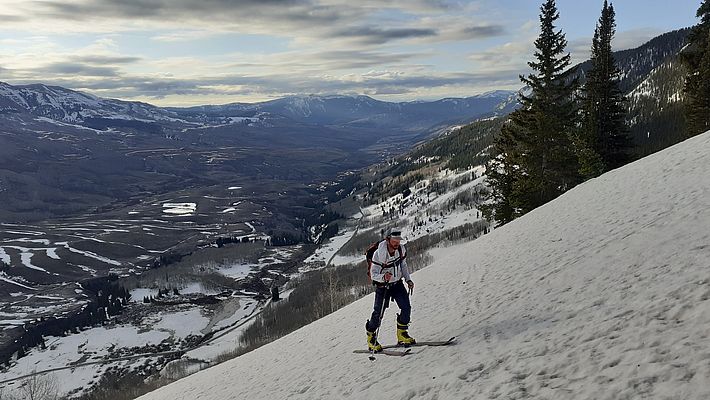
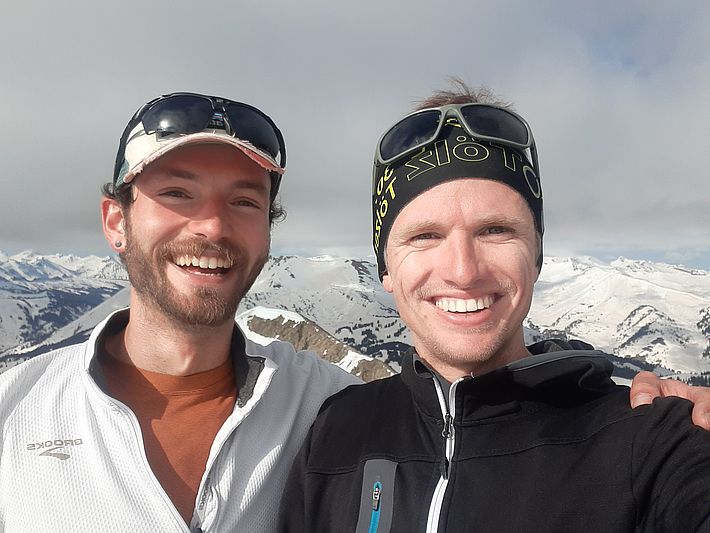
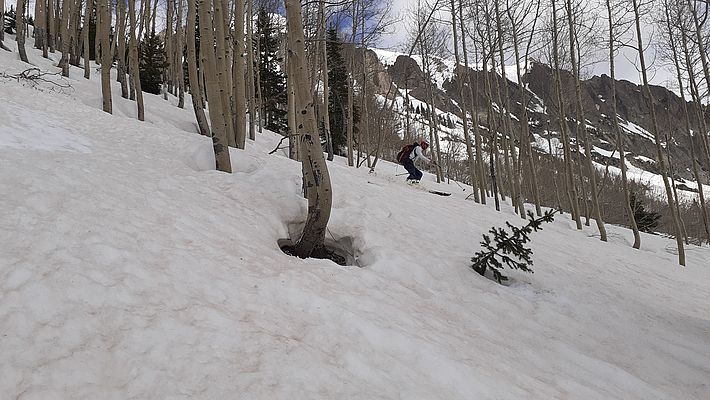
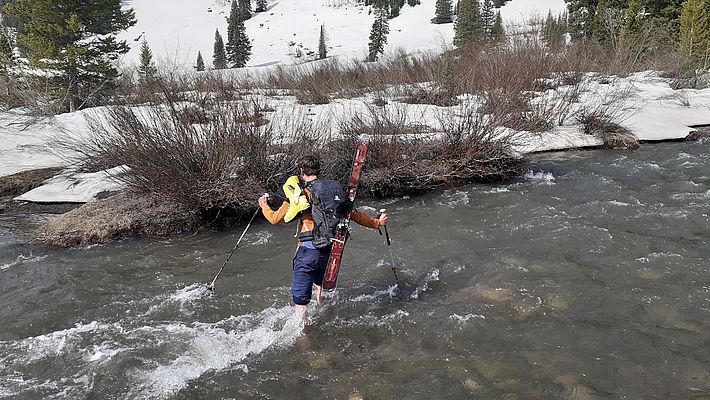
It was a dream to do field work out here at RMBL, made even sweeter by collecting workable data out of a challenging season. It would be nice to end with some advice for others on how to avoid this situation, but I think it was a pretty typical field work experience. Be flexible and enjoy where the work takes you.